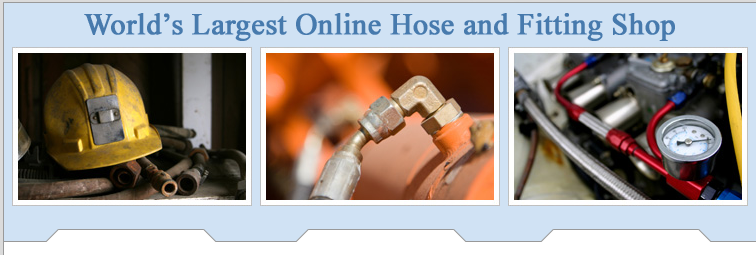There are generally only two conditions that necessitate changing the oil in a hydraulic system:
1. Base oil degradation
Contaminants of the hydraulic fluid such as hard and soft particles and water can be removed from the oil, and therefore, don't mandate an oil change.
Techniques for flushing hydraulic systems vary in cost and complexity. Before I discuss some of these methods, let's first distinguish between flushing the fluid and flushing the system.
The objective of flushing the OIL is to eliminate contaminants such as particles and water.
This is usually accomplished using a filter cart or by diverting system flow through an external fluid-conditioning rig.
The objective of flushing the SYSTEM is to eliminate sludge, varnish, debris and contaminated or degraded fluid from conductor walls and other internal surfaces, and system dead spots.
Reasons for performing a SYSTEM flush include:
- Fluid degradation - resulting in sludge, varnish or microbial deposits.
- Major failure - combined with filter overload disperses debris throughout the system.
- New or overhauled equipment - to purge 'built-in' debris.
Double oil and filter change
This technique involves an initial oil drain and filter change, which expels a large percentage of contaminants and degraded fluid. The system is then filled to the minimum level required and the fluid circulated until operating temperature is reached and the fluid has been turned over at least five times.
The oil is drained and the filters changed a second time. An appropriate oil analysis test should be performed to determine the success of the flush.
Mechanical cleaning
Although not technically a flushing technique, the selective use of mechanical cleaning may be incorporated in the flushing strategy.
This can involve the use of a pneumatic projectile gun to clean pipes, tubes and hoses, and disassembly of the reservoir and other components for cleaning using brushes and solvents.
Power flushing
Power flushing involves the use of a purpose-built rig to circulate a low viscosity fluid at high velocities to create turbulent flow conditions (Reynolds number > 2000).
The flushing rig is typically equipped with a pump that has a flow rate several times that of system's normal flow, directional valves, accumulators, fluid heater and chiller and of course, a bank of filters.
The directional valves enable the flushing direction to be changed, the accumulators enable pulsating flow conditions and the heater and chiller enable the fluid temperature to be increased or decreased, all of which can assist in the dislodgment of contaminants.
Analysis of the flushing fluid is performed regularly during the flushing operation to determine the point at which the system has been satisfactorily cleaned.
What about components?
The question of how to deal with system components arises when contemplating a hydraulic system flush. Plumbing should be flushed first in isolation from pumps, valves and actuators. Once the conductors have been flushed clean, valves and actuators can be gradually included in the flushing circuit.
The decision to disassemble and mechanically clean components will depend on the type of equipment, your reliability objectives and the reason for the flush.
Craig Cook
